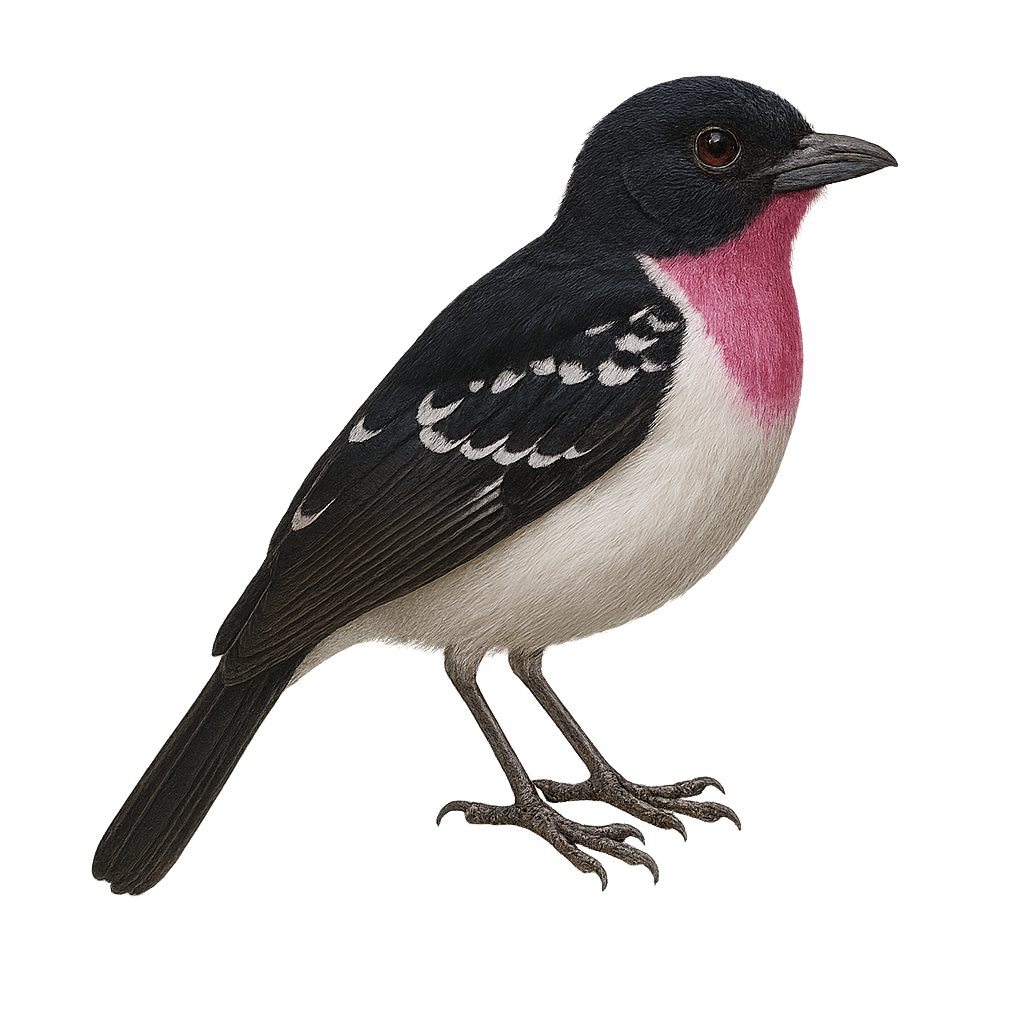Your wildlife photography guide.
Explore the purple-throated fruitcrow in detail, study its behavior, prepare your shots.
Where to observe and photograph the purple-throated fruitcrow in the wild
Learn where and when to spot the purple-throated fruitcrow in the wild, how to identify the species based on distinctive features, and what natural environments it inhabits. The WildlifePhotographer app offers tailored photography tips that reflect the purple-throated fruitcrow’s behavior, helping you capture better wildlife images. Explore the full species profile for key information including description, habitat, active periods, and approach techniques.
Purple-throated Fruitcrow
Scientific name: Porphyrolaema porphyrolaema

IUCN Status: Least Concern
Family: COTINGIDAE
Group: Birds
Sensitivity to human approach: Suspicious
Minimum approach distance: 10 m
Courtship display: March to May
Incubation: 13-15 jours
Hatchings: March to June
Habitat:
Humid tropical forests, forest edges, riparian zones
Activity period :
Primarily active during the day, with peak activity in the morning and late afternoon.
Identification and description:
The Porphyrolaema porphyrolaema is a fascinating bird belonging to the Cotingidae family. It is distinguished by its glossy black plumage and striking purple throat, giving it a majestic appearance. This bird is primarily found in the humid tropical forests of South America, where it feeds mainly on fruits and insects. It is often seen in small groups, making it easier to spot. Although its behavior is generally suspicious, it can be tolerant of discreet observers. Its breeding period is still poorly understood, but protecting its habitat is essential for its survival.
Recommended lens:
400 mm – adjust based on distance, desired framing (portrait or habitat), and approach conditions.
Photography tips:
To photograph the Porphyrolaema porphyrolaema, it is advisable to use a telephoto lens of at least 400mm to capture detailed images without disturbing the bird. Look for it in humid tropical forests, often in small groups. Be patient and discreet, as this bird can be suspicious. Favor times of the day when natural light is soft to get vibrant color shots. Remember to follow environmental respect rules to avoid disturbing its natural habitat.
The WildlifePhotographer App is coming soon!
Be the first to explore the best nature spots, track rutting seasons, log your observations, and observe more wildlife.
Already 1 439 wildlife lovers subscribed worldwide

